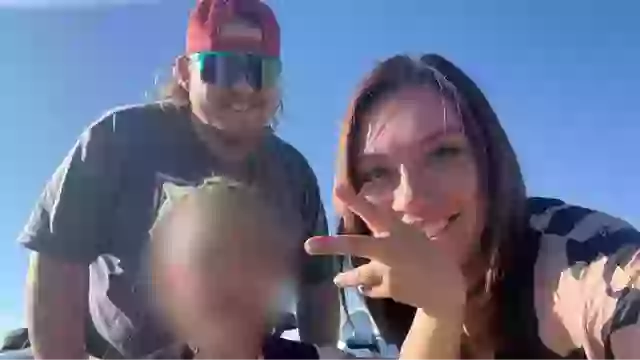Once in a while, the internet delivers a small but stunning surprise, like a cartoon of a magician with a hoop, a floating girl, and a black dot. The instruction? “Put your nose on the dot, and the girl will slide through the hoop.” It seems like a goofy challenge, but when you do it, your brain makes the still image come alive, creating motion where there is none. It’s a mind-boggling trick that keeps captivating people online.
The magic happens in your brain, not the picture. When you press your nose to the dot, your eyes lose clear focus, and your peripheral vision blurs. Your brain, trying to make sense of the vague scene, imagines the girl moving through the hoop. The image’s clever design, combined with the Troxler effect—where staring at one point makes other details fade—creates this fake motion. It’s a neat mix of science and visual play.

This illusion’s appeal is its simplicity. No fancy effects or tech, just a flat drawing that feels like a little magic show. It’s like those childhood puzzle books that made you gasp when images seemed to shift. That playful, nostalgic charm is why it spreads fast, with people sharing it alongside laughing emojis or urging friends to try it. It’s a quick moment of shared wonder.
It’s part of a family of visual tricks, like the dancer who spins both ways or the dress that confused everyone with its colors. These illusions highlight how our brains don’t just see—they guess, sometimes creating a different reality. In a world of cutting-edge graphics, it’s amazing that a basic image can still spark such excitement. Next time you spot this dot trick, give it a whirl—you’ll love seeing how your brain can play such a fun prank on you.


